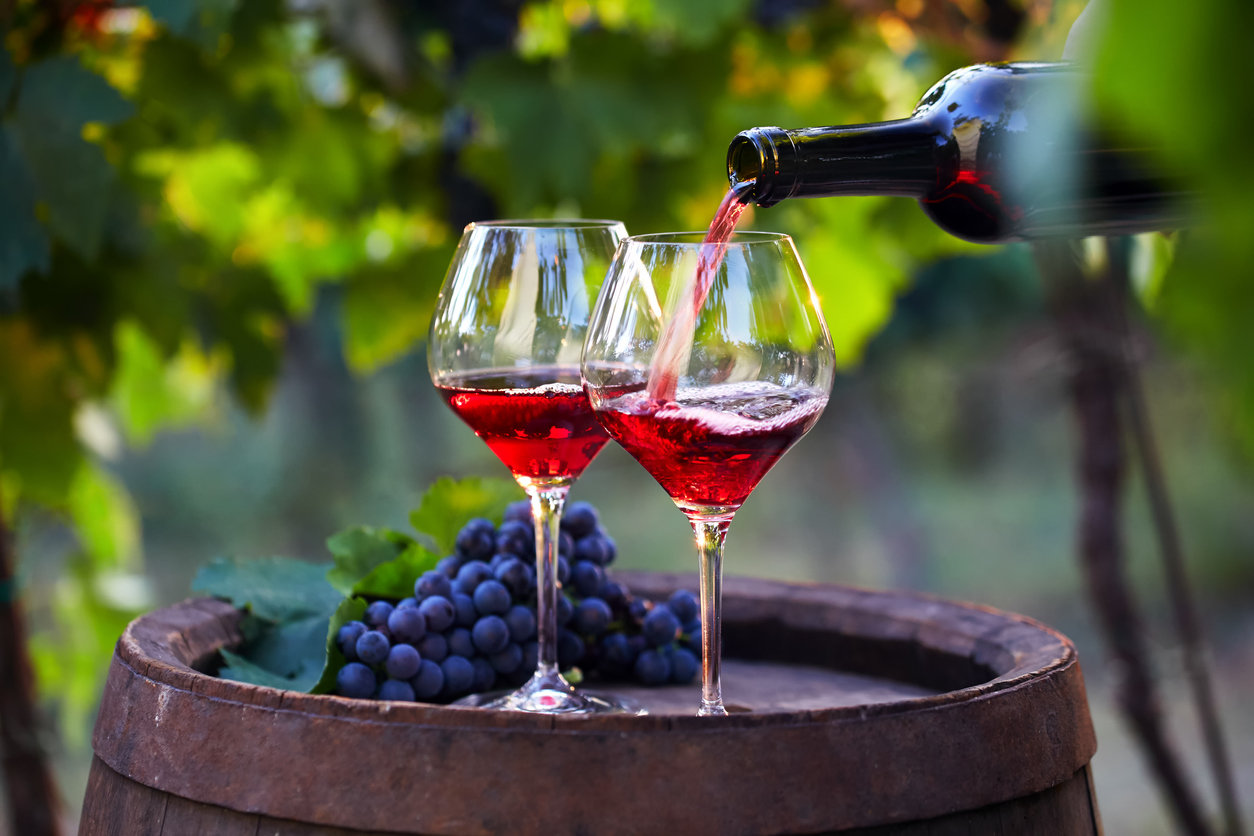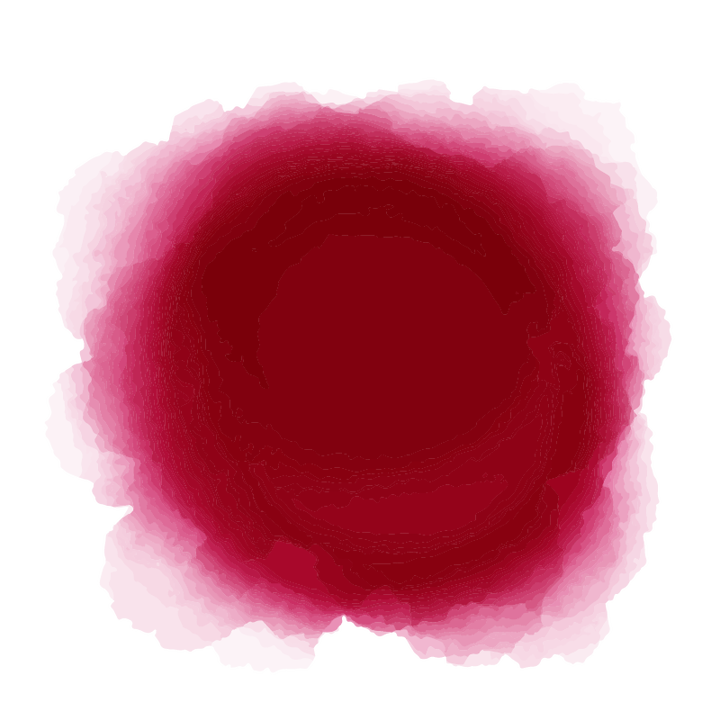CHEERS | WINE


Just
Chillin’
Rules are meant to be broken – so you don’t have to serve white wine with white meat or red wine with red meat. And, yes, it’s perfectly fine to chill red wine.
It’s a scene played out across thousands of South African homes on a weekly basis: the braai fire is lit and a leisurely lunch is planned.
Whether it’s in Tshwane, Durban, Bethlehem or Paarl as the wors and lamb chops or sosaties sizzle over the ashy coals, the question arises: what to enjoy with this repast? White would be the natural response because it’s lunch and it’s still summer. But the stonefruit and apricot flavours of chenin blanc or the fresh, lemony zip of sauvignon blanc don’t always appeal – so what to do? The obvious answer is to go for a lighter style red wine – and to serve it chilled.
There’s zero shame in serving red wines cool or lightly chilled. Many international experts will attest to that, advocating anything from frappato or valpolicella to gamay or grenache noir. Specialist British wine magazine Decanter wrote a piece late last year on this topic and it suggested selecting light- or medium-bodied wines. The reason for this is that the fruit flavours will be prominent, as will the bright acidity while the tannins will be less obvious.
That latter point is very important – especially when coupled with temperature. Chilling any wine can mute the flavours so it’s important not to cool lighter reds too much! Also, depending on the amount of oak the wine has had, chilling it could bring out the astringency or grippiness of the tannin, making the wine appear hard or chunky rather than smooth.


Grapes and wines which are lighter-bodied and suit the purposes of being served at between 10 and 14 degrees include grenache, cinsaut, pinot noir and pinotage.
South African winemakers and consumers alike are falling in love with cinsaut again. It used to be widely planted but in the 80s fell out of favour as growers moved towards more international varieties, uprooting cinsaut and planting merlot, cabernet sauvignon and shiraz instead. Cinsaut is all about fruit appeal. Think blueberries, raspberry, youngberry and bright cherry aromas and flavour.
Take Ken Forrester’s The Misfits, for example. Having started out as an experiment to see whether cinsaut could handle stem tannin, it’s developed something of a serious following. British wine writer Joanna Simon described it as follows: “A light, limber red that's as full of character as it is of joie de vivre – silky and supple with perfumed, sweet red-berry fruit, gentle spice, sun-baked earth and breezy freshness and purity. For years, South Africa kept most of its cinsault grapes in the back room for blending, but now they're going solo to produce wines like this that fit a zeitgeist valuing lighter, less tannic reds as much as power and concentration.”

Pinotage is a no-brainer – especially fruity, cheery, lively examples which are made to be enjoyed young, and very often seldom see the inside of an oak barrel. Just remember that pinotage is a crossing of cinsaut and pinot noir and when kept simple, it highlights the vivacity of its cinsaut heritage. Annual sales of Beyerskloof pinotage are in the region of 1.5 million bottles worldwide, winemaker Anri Truter said at the launch of their new premium Kriekbult pinotage. The standard Beyerskloof is an ideal accompaniment to a braai and can comfortably handle 20 or 30 minutes in the fridge.
According to figures from Sawis (SA wine industry information service), red grenache is the fifth most planted red variety in the world – with 157 000 hectares under vine (2016 figures). At the launch of his grenache/syrah blend Gypsy in December 2020, Ken Forrester said that in the 1960s South Africa only had 64 hectares of this grape in total. By 2010 that figure had increased to 147 hectares and just 10 years later it had boomed to 477!

While that’s still comparatively small when looking at SA’s 92 000 hectare total vine plantings, grenache noir is winning more and more support for its hardiness and ageworthiness as well as what it can contribute to a delicious red blend. After all, this is the grape Spaniards known as garnacha, and it forms a large part of that country’s national vineyard. A few notable “serious” local examples grown from old vines include names such as Neil Ellis’ Piekenierskloof, Momento, AA Badenhorst Raaigras, Naude and Kruger old vines – all of which are increasingly highly regarded internationally. When it comes to flavour grenache overdelivers with red fruit notes – raspberry and strawberry, as well as a spicy white pepper brightness.
The other parent of pinotage is pinot noir, also called the heartbreak grape and known for producing some of the world’s most expensive wines, grown in Burgundy in France. Pinot noir is delicate, subtle and understated with flavours ranging from cherry, raspberry and strawberry but when given time in oak barrel it develops more savoury, mushroom and forest floor or earthy nuances. This complexity and variety is what fans of Burgundy love. But when – like pinotage, cinsaut and grenache – it is kept simple and unaffected, it is succulent, bright and instantly likeable.
That simplicity and ease of enjoyment, coupled with bright fruit-forward flavour, lively acidity and freshness is what makes them ideal for cooling. Pop a bottle in the fridge for half an hour and experience it as it unfurls and warms up in the glass. Perfect for lunch!